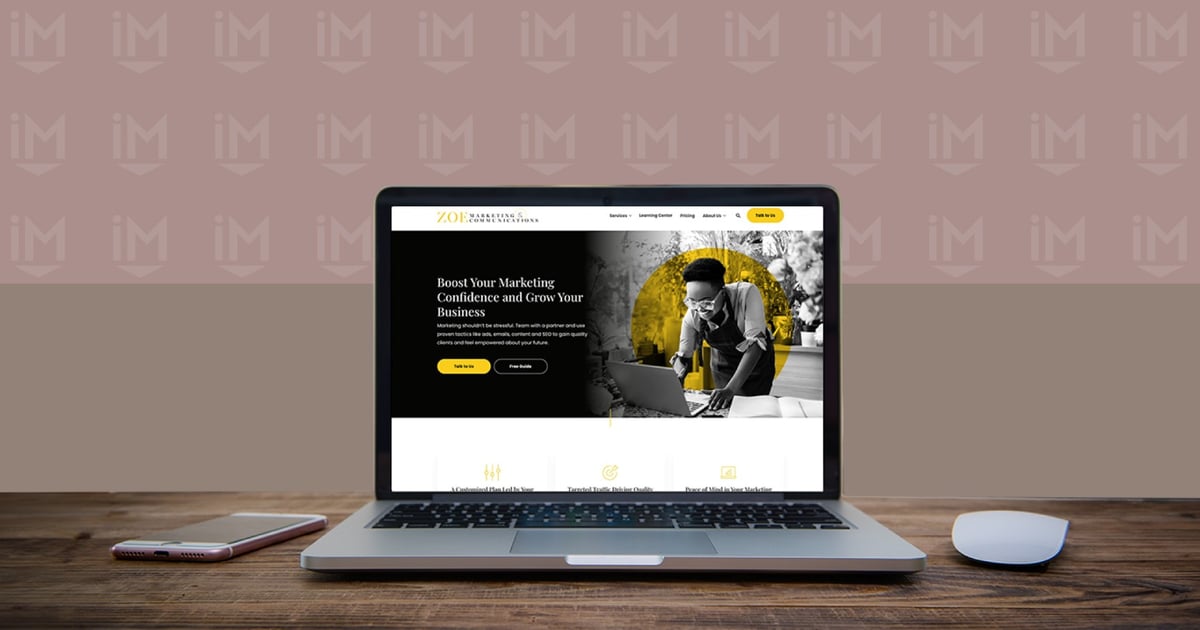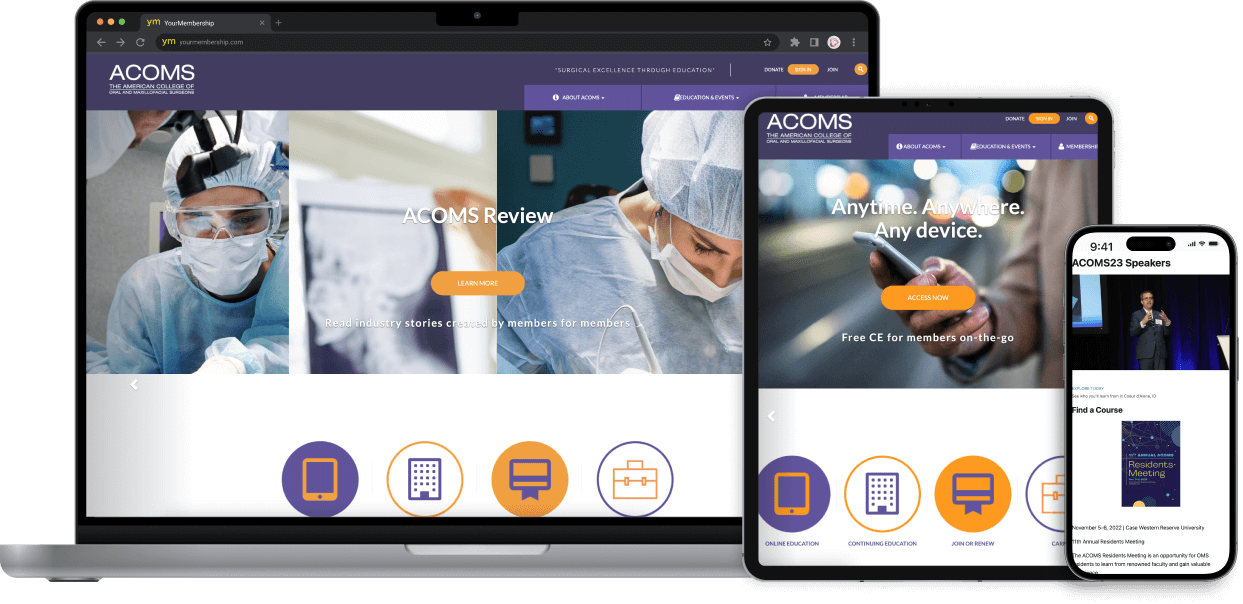Vital Concepts of Site Layout: Producing User-Friendly Experiences
By focusing on customer demands and preferences, designers can cultivate engagement and complete satisfaction, yet the ramifications of these principles prolong beyond plain performance. Comprehending exactly how they intertwine can considerably impact a site's overall performance and success, motivating a closer exam of their individual functions and cumulative impact on user experience.

Significance of User-Centered Design
Prioritizing user-centered style is essential for producing effective websites that fulfill the requirements of their target audience. This technique puts the individual at the leading edge of the style procedure, ensuring that the internet site not just operates well but also reverberates with individuals on a personal degree. By understanding the individuals' habits, choices, and goals, designers can craft experiences that cultivate interaction and contentment.

In addition, embracing a user-centered design ideology can result in boosted accessibility and inclusivity, providing to a diverse audience. By considering various customer demographics, such as age, technical efficiency, and social histories, developers can produce sites that rate and useful for all.
Ultimately, prioritizing user-centered design not just boosts user experience but can also drive vital business outcomes, such as increased conversion prices and customer commitment. In today's competitive digital landscape, understanding and focusing on user needs is a crucial success element.
Intuitive Navigation Frameworks
Efficient web site navigation is commonly a critical aspect in enhancing user experience. Instinctive navigating structures allow individuals to locate info swiftly and effectively, lowering irritation and increasing engagement. A well-organized navigating menu need to be straightforward, sensible, and constant across all pages. This allows customers to anticipate where they can situate particular material, therefore promoting a seamless surfing experience.
To produce instinctive navigating, developers must prioritize clearness. Tags should be descriptive and acquainted to users, staying clear of jargon or uncertain terms. An ordered structure, with primary classifications bring about subcategories, can even more help individuals in comprehending the connection between various sections of the site.
Additionally, including visual cues such as breadcrumbs can lead individuals through their navigating path, permitting them to quickly backtrack if required. The inclusion of a search bar additionally improves navigability, providing individuals route access to content without having to navigate with multiple layers.
Flexible and receptive Designs
In today's digital landscape, making certain that websites work flawlessly throughout different tools is important for user complete satisfaction - Website Design. Responsive and adaptive formats are two key strategies that enable this performance, satisfying the diverse series of screen dimensions and resolutions that individuals might experience
Responsive layouts use liquid grids and versatile photos, enabling the internet site to instantly change its elements based upon the screen dimensions. This i was reading this strategy supplies a consistent experience, where material reflows dynamically to fit the viewport, which is especially helpful for mobile customers. By making use of CSS media queries, designers can develop breakpoints that maximize the format for different devices without the requirement for different layouts.
Flexible designs, on the other hand, utilize predefined formats for details display dimensions. When a customer accesses the website, the web server finds the gadget and offers the proper design, making sure an enhanced experience for varying resolutions. This can result in much faster filling times and improved performance, as each layout is tailored to the device's capabilities.
Both flexible and receptive designs are important for boosting customer interaction and contentment, ultimately contributing to the website's total effectiveness in fulfilling its purposes.
Regular Visual Pecking Order
Establishing a constant aesthetic hierarchy is pivotal for directing individuals with an internet site's content. This principle makes certain that details is provided in a fashion that is both intuitive and appealing, allowing individuals to easily comprehend the product and browse. A distinct pecking order employs numerous style elements, such as dimension, comparison, shade, and spacing, to produce a clear difference between various kinds of content.

Furthermore, consistent application of these aesthetic signs throughout the internet site cultivates knowledge and trust fund. Customers can swiftly find out to acknowledge patterns, making their interactions a lot more efficient. Ultimately, a strong visual power structure not only enhances customer experience but also boosts general site use, urging deeper interaction and promoting the desired actions on learn this here now a web site.
Accessibility for All Individuals
Access for all individuals is a basic aspect of web site style that makes certain every person, despite their abilities or disabilities, can involve with and benefit from on the internet content. Designing with availability in mind involves executing methods that suit varied user needs, such as those with aesthetic, acoustic, electric motor, or cognitive problems.
One essential standard is to abide by the Internet Content Availability Standards (WCAG), which give a framework for producing easily accessible electronic experiences. This consists of using adequate shade comparison, supplying message alternatives for images, and guaranteeing that navigating is keyboard-friendly. Additionally, employing responsive design strategies makes certain that websites function successfully across different tools and display sizes, even more boosting accessibility.
Another vital element is using clear, succinct language that stays clear of lingo, making content comprehensible for all customers. Engaging individuals with assistive technologies, such as screen readers, needs cautious interest to HTML semiotics and ARIA (Easily Accessible Rich Web Applications) duties.
Inevitably, focusing on availability not only meets lawful responsibilities however also increases the target market reach, promoting inclusivity and enhancing customer satisfaction. A commitment to accessibility reflects a commitment to developing equitable electronic environments for all individuals.
Conclusion
To conclude, the important principles of website layout-- user-centered design, instinctive navigating, receptive designs, consistent aesthetic pecking order, and ease of access-- jointly contribute to the production of user-friendly experiences. Website Design. By focusing on individual needs and making certain that all individuals can efficiently involve with the site, designers enhance functionality and foster inclusivity. These concepts not only boost user fulfillment but likewise drive favorable Continued business outcomes, eventually demonstrating the crucial relevance of thoughtful site layout in today's digital landscape
These methods offer vital insights into individual assumptions and discomfort factors, enabling designers to customize the website's features and content appropriately.Efficient internet site navigating is frequently a vital variable in enhancing user experience.Establishing a constant visual pecking order is pivotal for guiding users through a web site's content. Ultimately, a strong aesthetic power structure not only improves customer experience but also enhances total site functionality, motivating much deeper involvement and assisting in the wanted actions on an internet site.
These principles not only boost customer fulfillment yet additionally drive favorable service end results, inevitably showing the vital value of thoughtful website style in today's digital landscape.